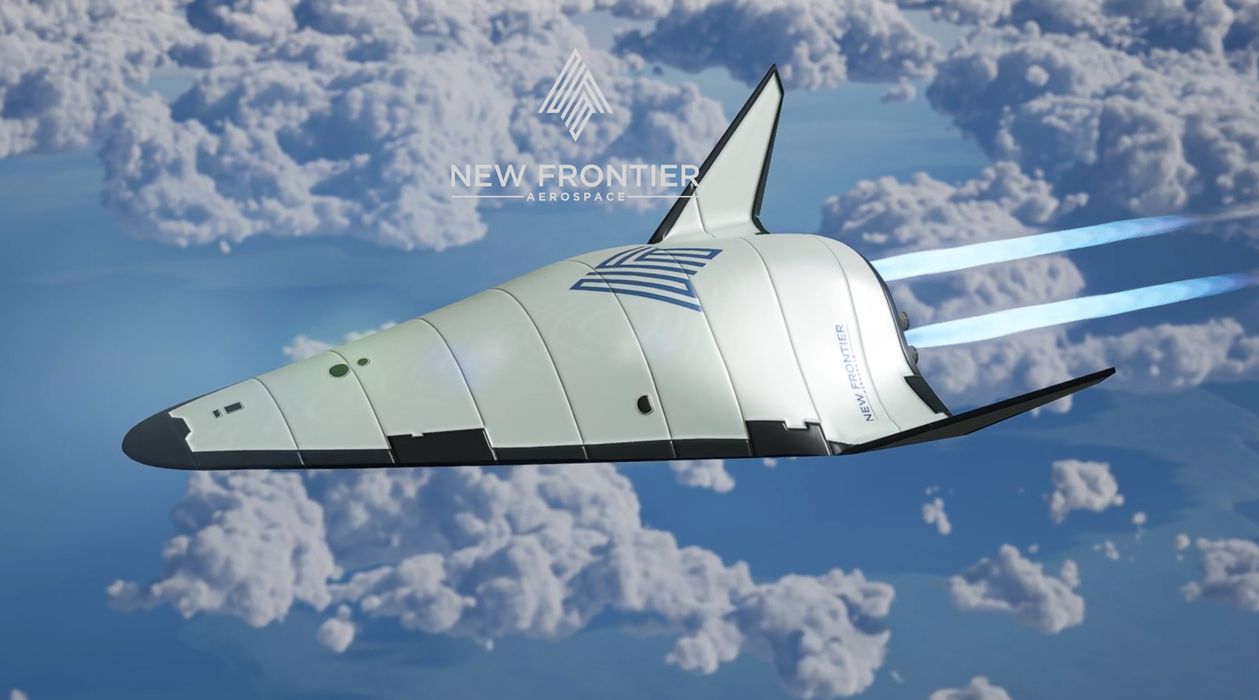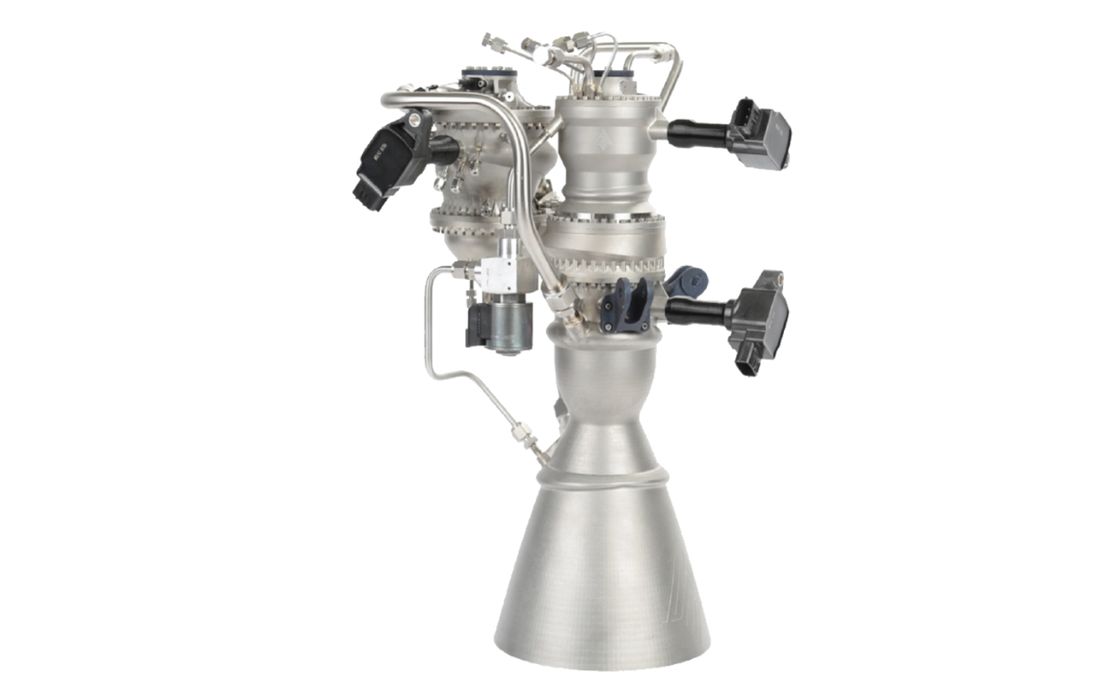
Metal 3D printing is at the heart of New Frontier Aerospace’s plans.
The Seattle-based company has a rather dramatic mission statement:
“To deliver cargo and passengers anywhere on Earth in two hours or less – in a renewably fueled, net carbon neutral aircraft.”
How on Earth (or rather, “off Earth”) can they do this? Their plan is to develop a hypersonic transport aircraft that can travel at extreme speeds to cover the entire planet.
The NFA hypersonic aircraft takes off vertically, much like a rocket, except that there are no stages. The aircraft then lands vertically where it can then be refueled for another voyage.
The aircraft does not enter orbit, as it will not achieve the necessary speeds, in spite of its high velocity. Instead, it rises above most of the atmosphere and coasts through space and then curls back down towards the destination. This should be a highly efficient method of transport, as opposed to airliners that must constantly push against air throughout their journeys.
NFA intends on 3D printing this aircraft.

Powering the aircraft is the company’s unique “Mjolnir” engine. This highly advanced engine design uses what’s known as a “full flow” combustion approach, which is the most efficient possible. Full flow engines are extremely rare due to their complexity.
One of the requirements for the Mjolnir engine is the ability to precisely control thrust, as this will be required when the aircraft is coming to a (hopefully) soft landing. The engine must also be able to start and stop, unlike many rocket engines that can only be lit once.
NFA said:
”The Mjölnir rocket engine’s advanced architecture represents a revolutionary new class of rocket engine with the reliability and operability of today’s aircraft engines.”
If that’s not all, the Mjolnir engine also is sustainable:
“NFA’s 3D printed, Mjölnir-powered hypersonic aircraft will be fueled with renewably sourced liquid natural gas, with net negative greenhouse gas emissions.”
To achieve all these requirements, NFA turned to 3D printing to produce the Mjolnir engine. This is very likely the only way an engine of this capability could be produced, as the combination of complex design and lightweight mass would be very challenging to produce in traditional ways.
They’re now taking orders for this engine, the only full flow combustion cycle engine purchasable, for delivery next year.
The engine has attracted attention from industry. They’ve just signed an agreement with Singapore’s Qosmosys to use the engine on that company’s ZeusX spacecraft, which is scheduled for a lunar landing in 2027.
The US National Security Innovation Capital has also extended a contract to NFA, valued at US$1.5M. The NSIC has been funding NFA to assist in the development of Mjolnir, and evidently they’re ready for the next step.
This will all lead to a hot fire of the engine scheduled for two months from now.
Looking at all this, it would have seemed to be science fiction only ten years ago. But now, thanks to developments in software, AI, metallurgy and especially 3D printing, it may soon be possible to travel anywhere on Earth — in two hours.
Via NFA
